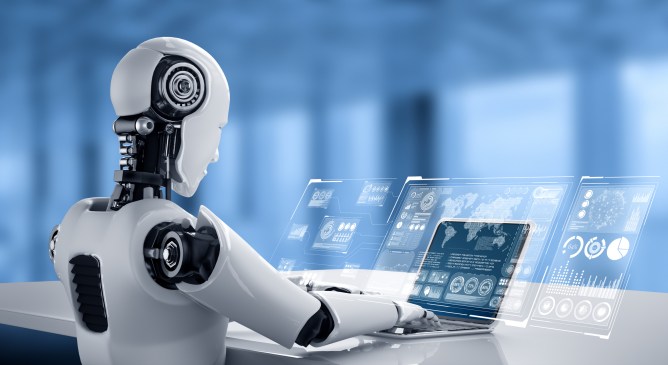AI Revolutionizes Home Robotics: Hugging Face Launches Game-Changing SmolVLA Model

In recent developments within the robotics landscape, Hugging Face has unveiled an innovative AI model known as SmolVLA, designed to revolutionize the way robotics can be developed and employed at home. This groundbreaking model is crafted to democratize access to vision-language-action (VLA) capabilities, thus paving the way for more sophisticated robotics projects accessible to enthusiasts and developers alike.
SmolVLA, which boasts an impressive size of 450 million parameters, has been meticulously trained on community-driven datasets available on the Hugging Face platform. The model claims significant efficiency by outperforming larger competitors in both simulation and real-world applications. According to Hugging Face, users can easily deploy this model on consumer-grade devices, such as a MacBook, thereby reducing the barrier to entry for those interested in robotics.
The company’s blog details that SmolVLA not only offers lightweight capabilities but also represents a pivotal step toward constructing more generalist robotic agents. By leveraging specially marked datasets from the LeRobot Community, this model enhances training potency while ensuring accessibility.
Moreover, SmolVLA introduces an asynchronous inference stack, which optimally separates the cognitive process of interpreting sensory inputs from executing actions. This technological advancement allows robots to react more swiftly in dynamic environments, making them significantly more capable and responsive.
This launch is part of Hugging Face’s broader strategy to create an ecosystem rich in affordable robotics hardware and software. The company previously introduced LeRobot, a set of models and tools aimed at simplifying robotics development. Recent expansions—including the acquisition of Pollen Robotics—underscore Hugging Face’s commitment to providing cost-effective solutions in the robotic sphere.
The revolutionary SmolVLA is now available for eager developers to download, with early adopters already reporting successful implementations with third-party robotic arms. This rapid innovation isn’t limited to Hugging Face alone; notable competitors like Nvidia and K-Scale Labs are also in pursuit of advancing open-source solutions for robotics.
With such advancements in AI and robotics, the landscape is rapidly evolving, promising exciting opportunities for both professional developers and hobbyists. As these technologies continue to advance, increased collaboration and innovation will surely lead to further breakthroughs in the field.
